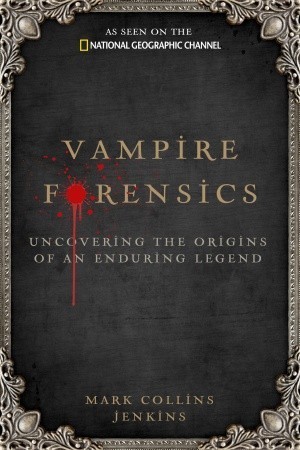What do you think?
Rate this book


256 pages, Hardcover
First published January 1, 2010

The deeper in time we venture - and the further from Eurasia - the more elusive the vampire grows. He may not appear at all times and in all places. One element, though, seems universal: The dead body must undergo a fixed sequence of changes before being reduced to its fundamental form, the skeleton. That transition, from demise to dissolution, is everywhere deemed a dangerous interlude for both the quick and the dead.
But "unenlightninged" bodies are subject to corruption, and the history of disposing of such noxious corpses is novel indeed. It has ranged from exposing them to scavengers, to burning them to cinders, to burying them in the ground, to simply eating them. The sequence has varied from place to place; most cultures have had recourse to some mixture of all these elements.